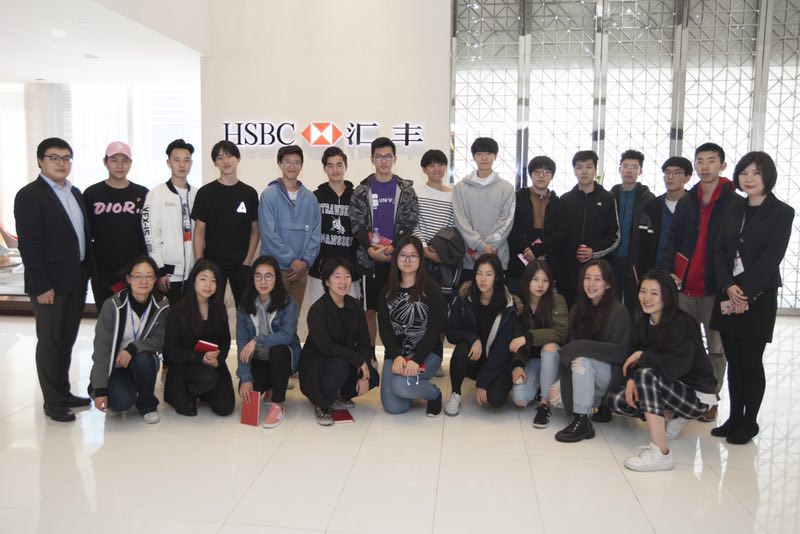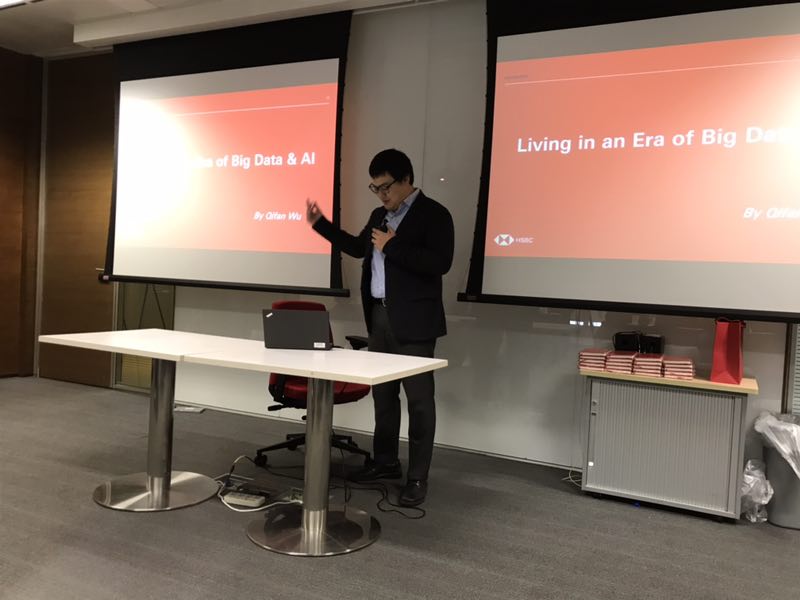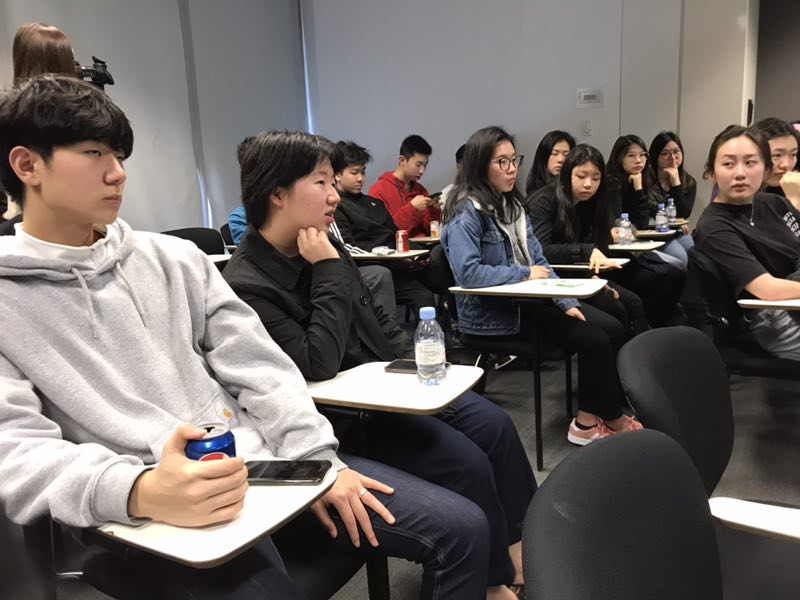-
ABOUT US
-
ACADEMICS
Curriculum Program
Departments
- English
- High School Chinese
- Primary and Junior School Chinese.
- High School Mathematics
- Middle School Mathematics
- Primary School Mathematics
- Music and Fine Arts
- Physical Education
- Physics
- Chemistry
- History and Geography
- Physical Science and Optional courses Department
- Middle School Biology
- High School Biology
- Social Sciences
- Computer Science
- Courses in Primary School
Achievements and Matriculations
College Counseling
Science & Technology Innovation Contest
-
ARTS
-
ATHLETICS
-
AT SHSID
SHSID ∣ TIMES
PTSA
Club Exhibition
- 龙吟社
- Live 2 Drama
- Choir
- Hip-pop Dance Club
- The Primary School Dance Troupe
- Symposiums Club
- Biology Workshop
- You Shan
- VEX Robotic
- Peking Opera Club
- Baseball Club
- Model United Nations
- The World Scholar’s Cup
- Future Problem Solving Club
- United States Academic Pentathlon
- OM Club
- AMC Club
- Music for Patients
- SHSID Gazette
- Smile Charity
- Cultural Moments
- SciAcademy
- Stem Doge Alliance
- Chinese Debate Club
- IAA
- Mock Trial Club
- Zhengming Club
- Art-to-zine
- Bananaheads
- Electronics
- Furry Friends
- GT-Racing
- MCG Philharmonics
- Village Radio
- IMMC Club
- Creative Design and Intelligent Fabrication
- Future City Research Project
- ECOCAP
- AdvocaSEA
- SPDC
- Medishine
- Floorball Club
- Animusic MTC
- Wings Up
Health and Wellness
Campus Safety
Cafeteria Service
-
ADMINISTRATION
-
ADMISSIONS
-
ALUMNI
Alumni Information
Honors Students
- Class of 2024
- Class of 2023
- Class of 2022
- Class of 2021
- Class of 2020
- Class of 2019
- Class of 2018
- Class of 2017
- Class of 2016
- Class of 2015
- Class of 2014
- Class of 2013
- Class of 2012
- Class of 2011
- Class of 2010
- Class of 2009
- Class of 2008
- Class of 2007
- Class of 2006
Who Studied at SHSID
SHS Foundation
-
DOCUMENTS
Grade 11: Company Visit - HSBC
On the afternoon of March 20, 2019, a group of approximately 21 students boarded a bus to the office tower of HSBC in Lujiazui. Upon arriving at the sleek and modern building, the group was happily greeted by Chamil Shen, a Retail Banking and Wealth management Marketing representative. As the students patiently waited for their turn to enter the office building, they watched the faceless and nameless throngs of young professionals making their way in and out, while engaging in casual conversation and sipping venti coffees from Starbucks. Ms. Shen guided the students to the 23rd floor, which is where meetings between clients and their representatives take place. The students were escorted into a spacious and clean presentation room where a cherry red “Welcome to HSBC” presentation was awaiting their arrival.
After the students were comfortably seated, the presentation commenced with the first speaker, Sally, who introduced the history of HSBC and classifications of banks. In 1865, HSBC was established by a British trader who saw that the greater Asian region lacked a professional trading service. Fast forward to today, HSBC is now a prominent banking institution with clients worldwide and international recognition for the quality of its services. Following the brief introduction of HSBC, Sally proceeded to identify various banking types and their functions, which not only nicely complemented the course content for AP Microeconomics students, but also intrigued students who were just curious about banking systems. As she went over institutional banks, corporate banks, private banks, and retail banks, the similarities and differences were readily apparent for students to see, and her presentation illuminated the complexity of financial institutions and their relationship to clients.
Next up was Mr. Qifan Wu, the Data Scientist at HSBC. In his introduction to date science and machine learning, he recounted a quote by Hal Varian, the Chief Economist of Google in 2009: “…the sexiest job in the next 10 years will be statisticians.” Standing in front of an audience of economics students, Mr. Wu beamed with pride at this description of his job. As many students were unfamiliar with the concepts of AI, big data, and machine learning, Dr. Wu explained the notions in a very understandable way: Big data, essentially, is visualizing data using symbols and colors instead of plain numbers. It is more accessible to the public and creates a multitude of applications for real-world situations. This central idea was exemplified by several pieces of art—as a non-data scientist, you may be surprised to hear this. On the slideshow, Mr. Wu placed a picture of a sea turtle side-by-side with the famous “Great Wave off Kanagawa” and then proceeded to layer one on top of another. Contrary to what you might be imagining, the effect of the combination was masterfully done and wowed the students. The same process was done on a Monet watercolor painting, and the result was equally spectacular.
Moving on, Mr. Wu provided some insight on career prospects for students interested in pursuing AI and machine learning. College is obviously an integral component of a successful career in data science, so he recommended the University of Toronto because the Godfather of AI is an alumnus of said university. Of course, attending a prestigious university will not guarantee future success; he also stressed the importance of business acumen, communication, and creativity as admirable traits that we should aspire to achieve. As we neared the end of the presentation, the students were allowed a Q&A session where they could ask questions on a broad spectrum. Curious students raised their concerns about digital privacy; students with initiative inquired about job positions at HSBC; and STEM students asked about the distinction between deep learning and machine learning.
It was a fruitful company visit, and students gained deeper insight into not only finance, but also technology and artificial intelligence.
(Written by 11(7) Linda Li Pictures by Song Liping)



